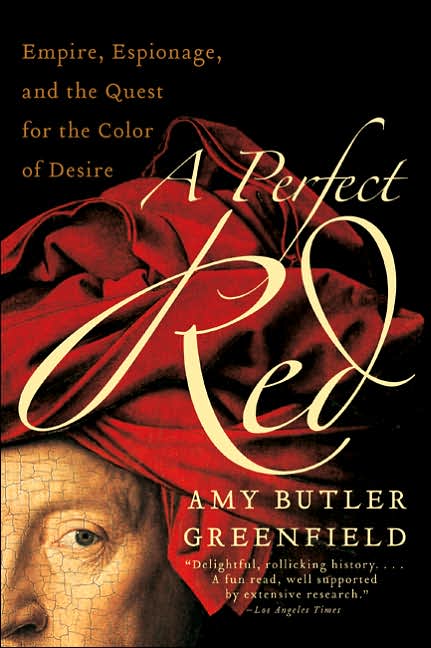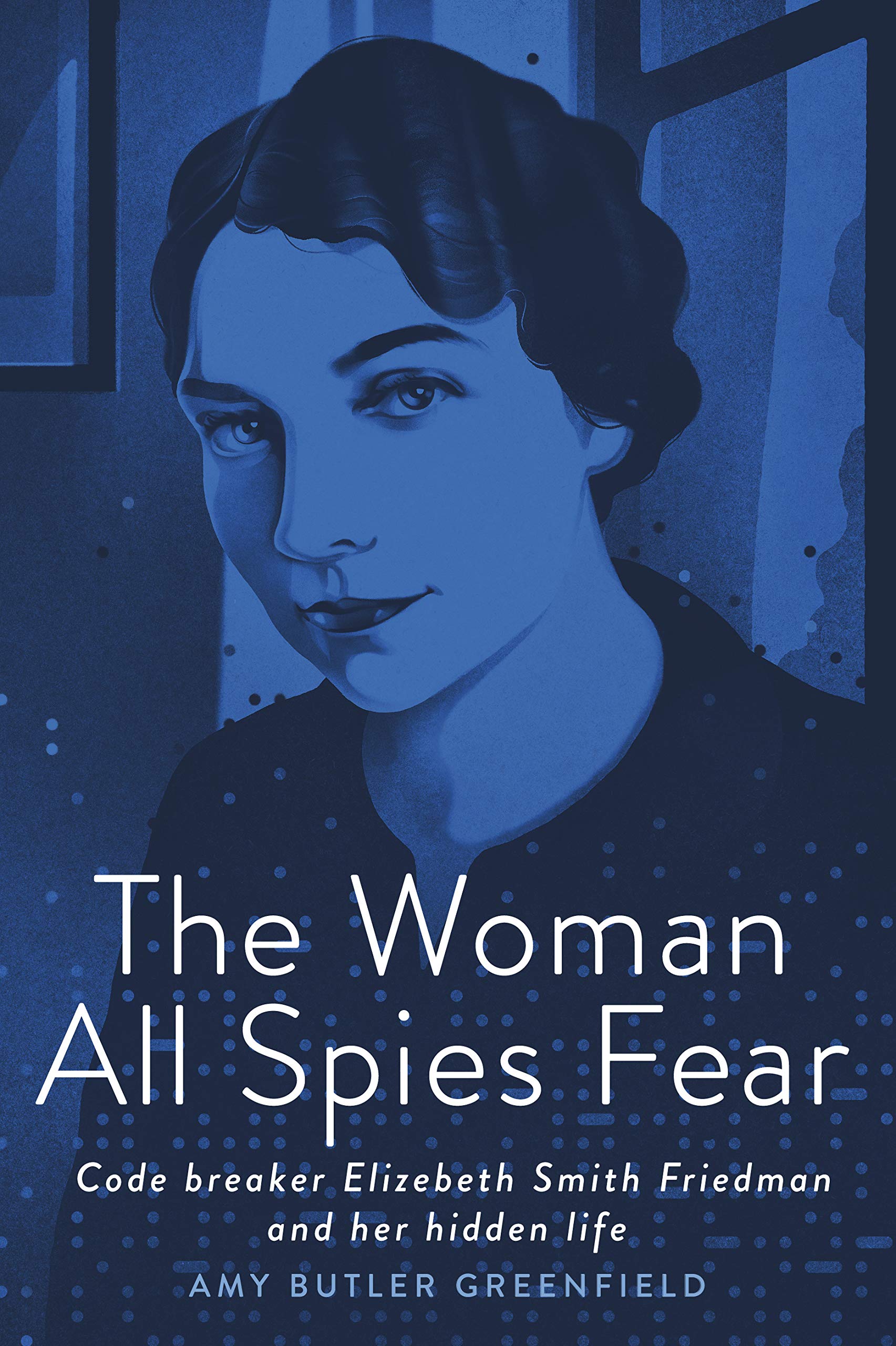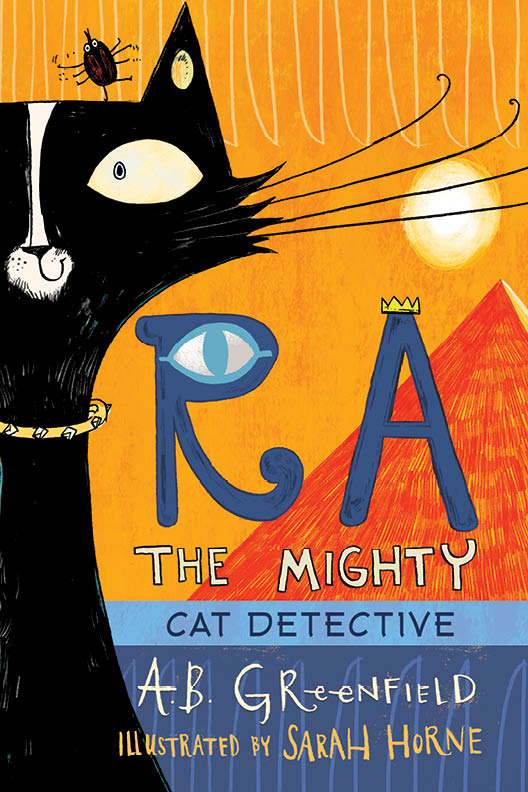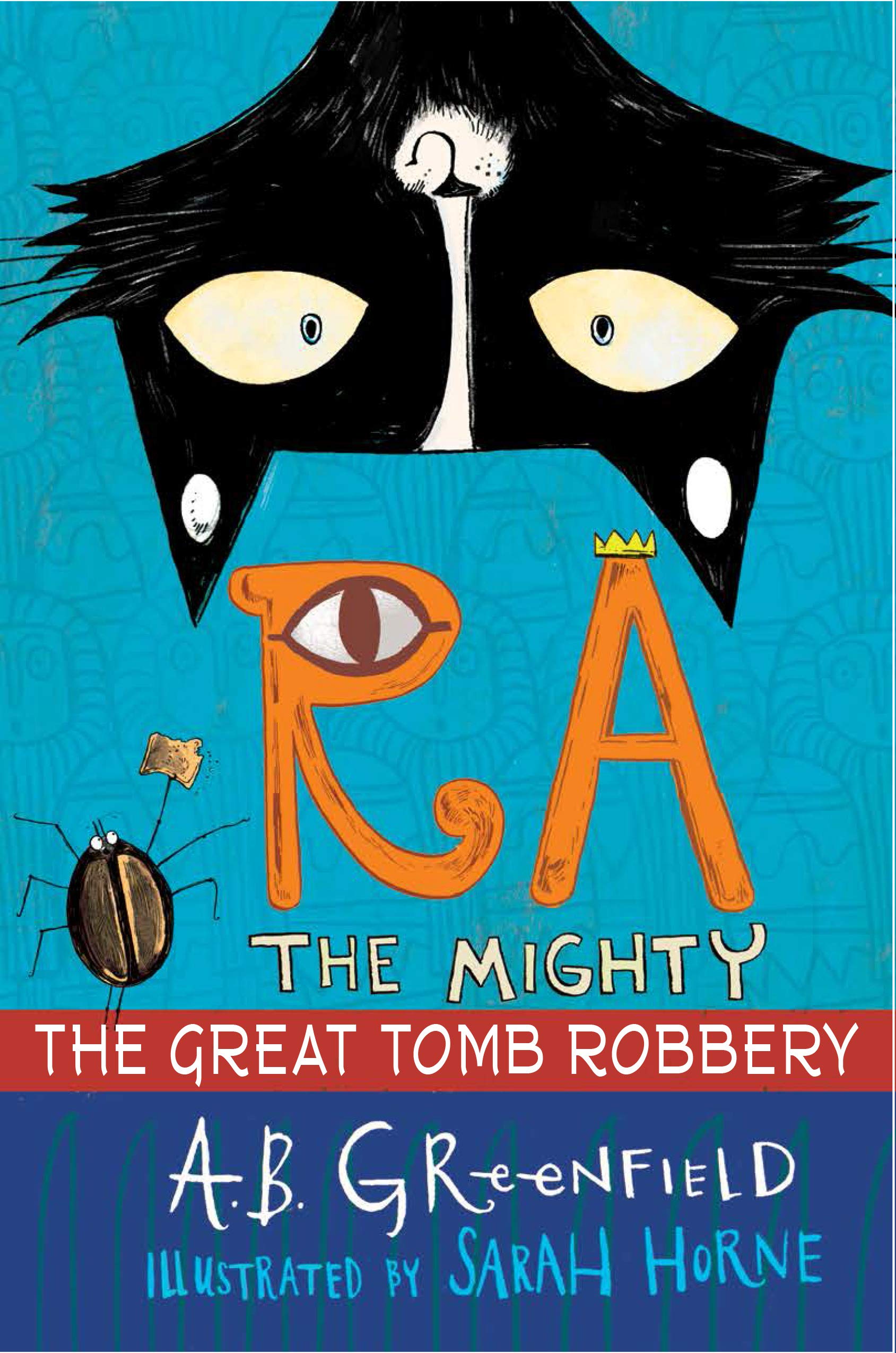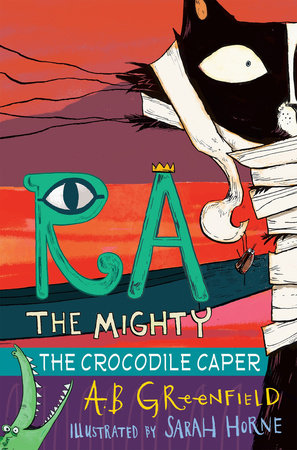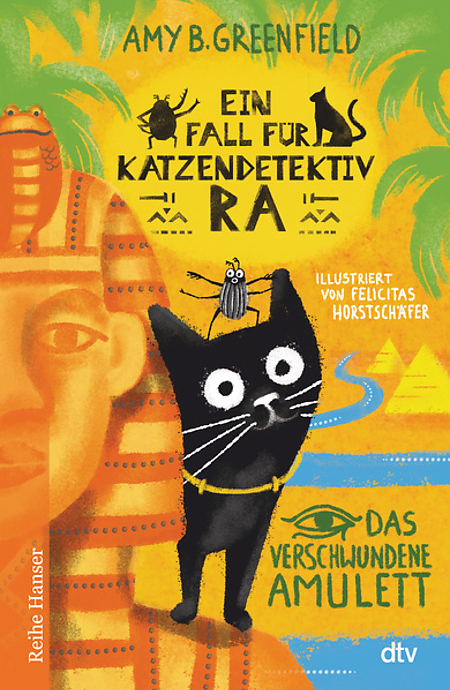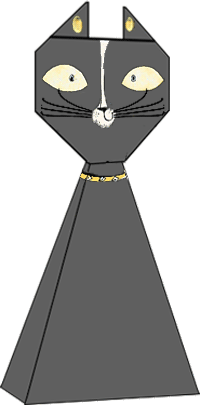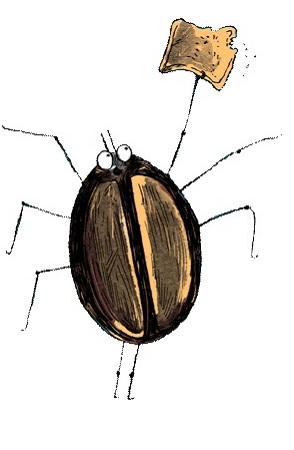Ra the Mighty: The Great Tomb Robbery
An Educator’s Guide
Discussion questions, writing prompts, and enrichment activities for classrooms and independent readers. Aligned to the Common Core Standards.
Ra the Mighty:
The Great Tomb Robbery
By A. B. Greenfield
Illustrated by Sarah Horne
A royal cat turned detective and his dung beetle sidekick are on the case when a precious tomb gets ransacked.
Ra the Mighty adores his duties as Pharaoh’s cat: naps by the pool and plenty of snacks. But when a royal tomb gets robbed, Ra and his hardworking friend Khepri must team up to restore justice. The clues point to a young boy whom Ra admires. Will the Great Detective play favorites, or will he uncover the truth?
Mystery awaits!
Ages 7-10. ISBN 978-0823442409. Jacket art © 2019 by Sarah Horne.
Common Core Aligned for Grades 2-5:
2nd Grade: ELA.RL.2.1,3,7; ELA.W.2.1,2,3,7,8; ELA.SL.3.1,2; ELA.L.2.3
3rd Grade: ELA.RL.3.1,3,4,5,7; ELA.W.3.1,2,3,7,8; ELA.SL.3.1,4; ELA.L.3.4,5
4th Grade: ELA.RL.4.1,3,4,6,7; ELA.W.4.1,2,3,7,8; ELA.SL.4.1,2,4; ELA.L.4.4,5
5th Grade: ELA.RL.5.1,3,4,6,7; ELA.W.5. 1,2,3,4,7,8,9; ELA.SL.5.1,2,4; ELA.L.4.4,5
Download a PDF version of the guide here.
Before You Read:
- Look closely at the cover of The Great Tomb Robbery. Make a list of everything you see.
- What predictions can you make about the book from the cover? When and where do you think it takes place? Who are the main characters, and what are they like? What do you see in the cover that supports your guesses?
- Is there anything on the cover that you didn’t expect to see? Can you guess why it’s there?
- Read the text on the back of the book and on the inside flaps. What does it tell you about the book? Does it change the predictions you made before?
- Write down a question that you hope the book will answer. Share it with the class.
Further exploration: Detectives, Archeologists, and Readers
The Great Tomb Robbery belongs to the mystery genre. Have you read any mysteries before? Can you describe what makes a book a mystery? (Here are some words you might want to think about: investigation, crime, clue, detective, alibi, culprit, witness.)
Like many mysteries, The Great Tomb Robbery has detectives. They try to solve the mystery by searching for evidence about what really happened. What kind of evidence should a detective look for? How could they find it? Are there any ways they shouldn’t find it?
Lots of details in The Great Tomb Robbery come from archeologists who have explored the tombs of Ancient Egypt. Like detectives, archeologists are also trying to
solve mysteries. What kind of mysteries do you think they are trying to solve? What sort of evidence do they examine? How is this similar to detectives like Ra, Khepri, and Miu, and how is this different?
As a reader, you can also be a detective! Readers get a chance to solve mysteries as they go along. It might be a little mystery, like where did Ra go? Or it might be a bigger mystery like how will he ever get home? or who is the tomb robber? As you read, try thinking like an investigator and looking for evidence. If you want to, you can even make lists of characters, witnesses, and clues.
Discuss what detectives, archeologists, and readers have in common, and what makes them different. How could thinking like a detective help you become a better reader?
Reading Questions
Chapters 1-6:
- This story is told in first person. Who is the narrator? How does Ra describe Khepri and the Vizier? How do you think Khepri and the Vizier would describe him?
- How would the story start if Khepri was telling it—or the Vizier, or the attendants? Write a short passage using one of these other points-of-view.
- What sort of afterlife is Ra expecting? How is he preparing for it?
- What does Set Ma’at look like? How is it different from the palace? Draw a map or a picture of Set Ma’at, based on details from the story.
- How do people in Set Ma’at feel about the Vizier? What words and details from the story give you that impression?
- List some of the people who live in Set Ma’at. What are their jobs? (If they include unfamiliar words, look those words up in a dictionary.) If you had to be a tomb worker in Set Ma’at, what kind of job would you like to do?
- Can you list at least three facts that Ra learns about Kenamon in chapters 3 through 7? Why does Ra like him?
- Why don’t Ra and Sabu get along? What words and phrases do they use that annoy each other? Can you rewrite their conversation so that they don’t offend each other?
- Who is Anubis?
- How do we know that the tomb has been robbed? What objects are missing? What discovery upsets Ra the most, and why?
- What is a heart scarab, and why is important?
- What is a sarcophagus? (You can check a dictionary to be sure.) What clues in the book help you guess at the meaning?
Chapters 7-13:
- What clues does Khepri discover in the tomb? What do they reveal about the crime?
- Why do Ra, Khepri, and Miu get kicked out of the tomb?
- What does Ra expect the guard dog to be like? When does he change his mind? What is the guard dog actually like?
- What is an “inside job”?
- Why are Ra, Khepri, and Miu afraid of the jackals? What is the connection between jackals and Anubis?
- How does Ra get stranded? What is his reaction?
- What is a sidekick? Why does Sabu not want to be one?
- In Chapter 12, Pentu tells Kenamon, “Silence is golden.” What does that mean? Why do you think Pentu says that?
- Why does Khepri think that Kenamon might be guilty? Why does Ra think he is innocent?
- Ra and Khepri interview an important witness at the Scribe’s house. Who is it? List three important questions they ask. What do they learn? What questions would you ask if you were with Ra?
Chapters 14-20:
- Compare and contrast Menwi and Boo. What kind of animals are they? How do they act, look, and speak? What do they think of their owners? How do they treat Ra and Khepri?
- Who was on the clearance crew for Thutmose the Second’s tomb? Why does it matter?
- In Chapter 15, Ra, Khepri, Miu, and Sabu identify some suspects who don’t have an alibi for the crime. Who are they? What is the evidence against them? Try making lists and putting your findings in table form.
- What does alibi mean? (You can check the dictionary to be sure.) Can you guess the meaning from the way the word is used in the story?
- In Chapter 16, Sabu reports that people say the Scribe and the Vizier are “thick as thieves.” What does that expression mean?
- Boo tells Ra that Huya and the Captain of the Guard were arguing about gold—or maybe about cold. What other words rhyme with gold and cold? Can you imagine a reason why Huya and the Captain of the Guard would argue about any of them?
- In Chapter 17, Ra worries that he is losing his “royal grace.” What exactly does he mean by that? How does he plan to fix the problem?
- Why do Ra and Khepri suspect Neferhotep? How do they investigate him?
- In chapter 19, Ra decides that Kenamon would make a good cat. Why? In what other ways could a human and a cat be alike?
- What does the kitten Nefru think of Ra? Why? What words does she use to describe him?
- What evidence does Nefru share with the detectives? Why does Ra doubt it? Do you share his doubts? Why or why not?
- Both humans and cats can communicate a lot without words. Can you list three gestures that Ra, Sabu, or Miu make to express their emotions? How could a human express the same emotions – with words and without them? (Bonus: Can you list some ways that Khepri expresses his emotions through body language?)
Chapters 21-28:
- Who is found guilty in Chapter 21? What is the clue that leads to him? Do you agree that he stole the treasure? Support your opinion with evidence from the book.
- What words and phrases are used to describe the villagers’ tombs? How are they different from the pharaohs’ tombs?
- Why does Ra get scared at the tombs? How can you tell? Can you identify phrases from the text that show how he is feeling?
- In Chapter 23, Miu questions whether a fancy tomb is worth it. She says, “If you ask me, what matters is how we treat others in this life. That’s the true memorial.” Do you agree? Why or why not? What kind of memorial would you choose?
- Who is the thief? Why did he or she rob the tomb? Who else is guilty?
- What clues pointed to the real thief? Pick one of these clues and go back and find where it originally came up in the story. Did you notice it then? Why or why not?
- In Chapter 25, what does Ra think Pharaoh’s Cat would do? Why doesn’t he think he can do it? What changes his mind? Have you ever had a time when you didn’t think you could do something? Did anything change your mind?
- In Chapter 26, why does Khepri go with Ra?
- Who is waiting for Ra on the other side of the village gate?
- Ra says that Kenamon has “all the traits of a Great Detective in the making.” Can you lists some of the traits of a Great Detective?
- “Taste differ,” Miu says at the end of the book. What does she mean?
- Ra tells his friends that “tombs are overrated.” Contrast that to his opinion at the start of the book. What has changed his mind?
- What is a glossary? How could you use Ra’s Glossary (at the back of the book) when you are reading?
Activities for Further Enrichment:
- Now that you’ve read the book, look at the cover again. How does it strike you now? Is there anything that seems different to you? Are there things you would add or take away? Design your own cover.
- The pharaohs of ancient Egypt tried to put everything they needed for the afterlife into their tombs. Sometimes they used real objects, but sometimes they put in models or paintings of them instead. If you were an ancient Egyptian, what would you want to put in your tomb? Make a drawing or model of something you think you would need in the afterlife.
- At the Set Ma’at tombs, Ra discovers that Khepri is learning to read hieroglyphics. Do you know what hieroglyphics look like? You can see some in the chapter headings of The Great Tomb Robbery. They’re a kind of writing that was used by Ancient Egyptians. Try looking up hieroglyphics in a book or on the internet, and see if you can learn what some of the symbols mean. Can you write your name in hieroglyphics? (Note: You can ask the whole class to write out their names in hieroglyphics, then collect their papers and shuffle them. Redistribute the papers, and ask each person to work out whose name they have.)
- Ra spends a lot of his time thinking about snacks and eating them. All the foods he mentions in the story are things that ancient Egyptians really did eat. Make a list of them, and include the spices that were used. You can research these spices in a book or on the internet to see where they come from. Which spices came from farthest away? (Bonus points: Do your favorite foods have spices? Which spices? Where do they come from? How far away is that from you?)
- Pharaohs ruled over Egypt for about 3,000 years. That’s a long time! When archeologists in Egypt make a discovery, they try to date their findings more precisely. Luckily, they have lots of ways of working out roughly how old something is. Sometimes they get clues from the layer of soil they find it in. Sometimes they can use carbon-dating. Sometimes the object itself gives them clues because of the way that it’s made. Research at least one of these methods and make a poster about it. Be sure to list your sources!
- Ancient Egypt was famous for its perfumes. Scented oils and incense were used in religious rituals, but they were also a part of everyday life at court. Some of the most desirable ingredients were frankincense, myrrh, lilies, lotus, and jasmine, but they also used honey, raisins, balsam pine, juniper, almond oil, olive oil, cardamom, and cinnamon. Can you track down some modern-day equivalents of these ingredients and scents and set up a “guess the smell” game for your classroom? What ingredients would be part of your ideal perfume? Make a list and explain why you chose each scent.
- Over time, the ancient Egyptians developed different ways of drawing portraits of people. One of the most common ways was to show the upper body facing the viewer, but the head and legs in profile. Try looking in a book or on the internet for examples. Draw a self-portrait or a portrait of a friend or family member using this perspective.
- It took many expert workers to build the pharaoh’s tombs, and they had to work as a team. Make a list of all the people who were needed and research the jobs they did. Now imagine that you are the Scribe of the Tomb. Can you make a timeline showing the order that you think the jobs should be done? Be prepared to justify your decisions. (Bonus questions: Are there times when you have been a part of a team? If so, who makes the decisions? What happens if there is a disagreement?)
- Now pick one of the jobs from the list of tomb workers, e.g. stonemason, sculptor, painter, etc. Can you imagine what their working day was like? Write a diary entry from their point of view.
- Ancient Egyptian tombs were made to keep robbers out, or sometimes even to trap them. Try designing a tomb to make it as safe from robbers as possible. Can you make a model of it with recycled materials?
- The most famous Egyptian tomb every discovered was the tomb of Tutankhamun, popularly known as “King Tut.” Found by Howard Carter in 1922, the tomb was said to have a curse on it. Research the curse and write a report on it for your class. Do you believe in it? Why or why not? Use facts to support your argument.
- Pick three illustrations from The Great Tomb Robbery and find the text that each picture is based on. What does the artist add to the story? Pick another part of the story that isn’t illustrated and draw your own picture. Why did you choose that part to illustrate? What does your picture add to the story?
- In small groups, pick a scene from the book and write it out as a play. Perform this in your classroom. You could also write a play about a scene that doesn’t happen in the book: e.g., what happened when the tomb was robbed, or what would have happened if Ra’s “imposter” had wanted to stay at the palace.
- The Great Tomb Robbery is the second book about Ra, Khepri, and Miu. A third book will be coming soon. Can you imagine what it might be about? Write a blurb for it, or design a cover. What kind of case should the Great Detectives tackle next?
Some Amazing Objects Found in Ancient Egyptian Tombs
Wigs, cheese, board games, perfume, kohl, beds, pots, thrones, fans, jars of livers and intestines, throwing sticks, mummified meat, cat mummies, couches, weapons, model bakeries, chariots, and boats — including one that is 144 feet long!
Did you know...?
The world’s first recorded chemist was a perfume-maker. She was a woman named Tapputi, and she lived about 3200 years ago, in the Babylonian kingdom of Mesopotamia, which traded and fought with Egypt. Like the Egyptians, Tapputi used myrrh, balsam, spices, and flowers in her perfumes.
About the Author:
A. B. Greenfield once had four newborn kittens living in her closet, and she has loved cats ever since. She is the award-winning writer of many books, including Ra the Mighty: Cat Detective, which was nominated for an Edgar Award. She was raised in the United States, studied history at Oxford, and now lives with her family in England. www.amybutlergreenfield.com
About the Illustrator:
Sarah Horne is an award-winning illustrator. Her children’s books include You Get What You Get by Julie Gassman and the Sesame Seade series by Clémentine Beauvais, and her design and advertising clients range from IKEA and Nike to The Sunday Times and Sesame Street. She lives in London. www.sarahhorne.co.uk
